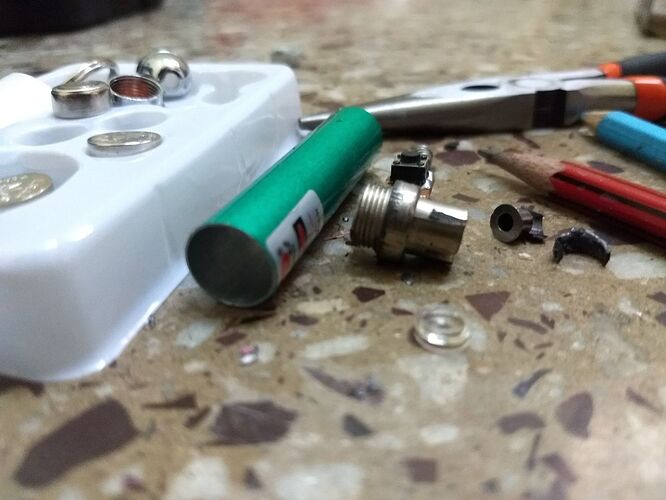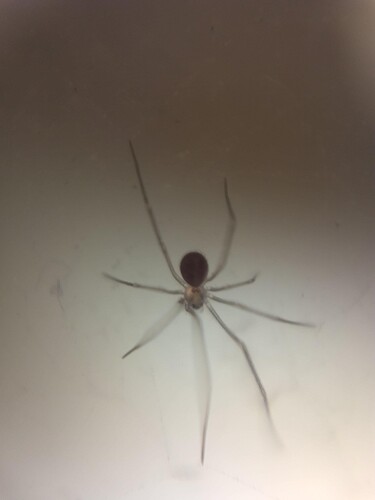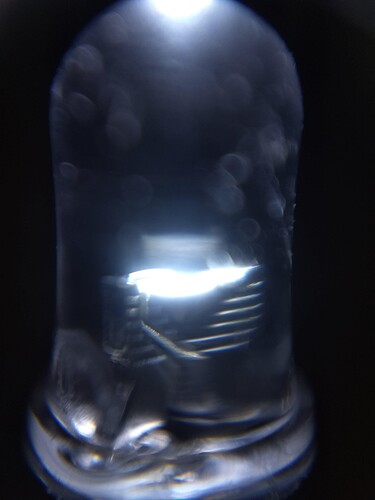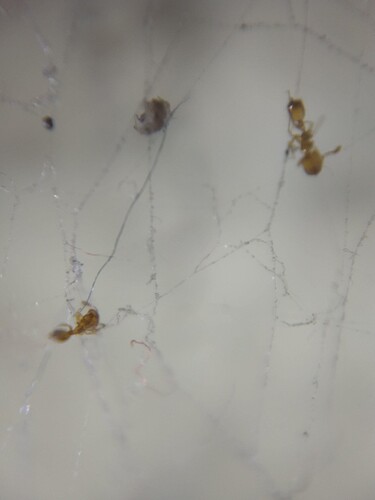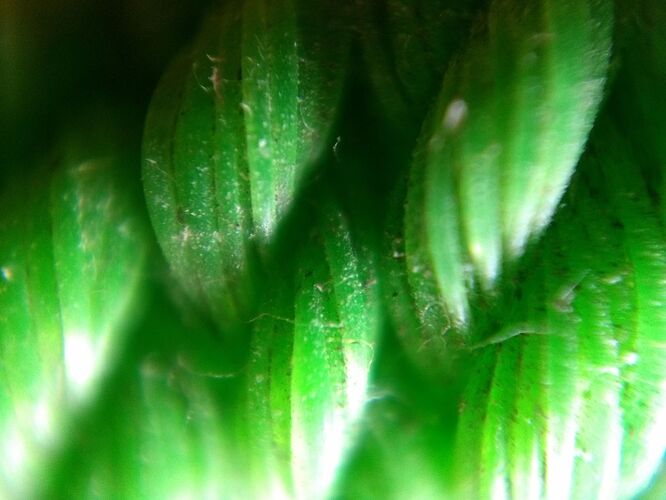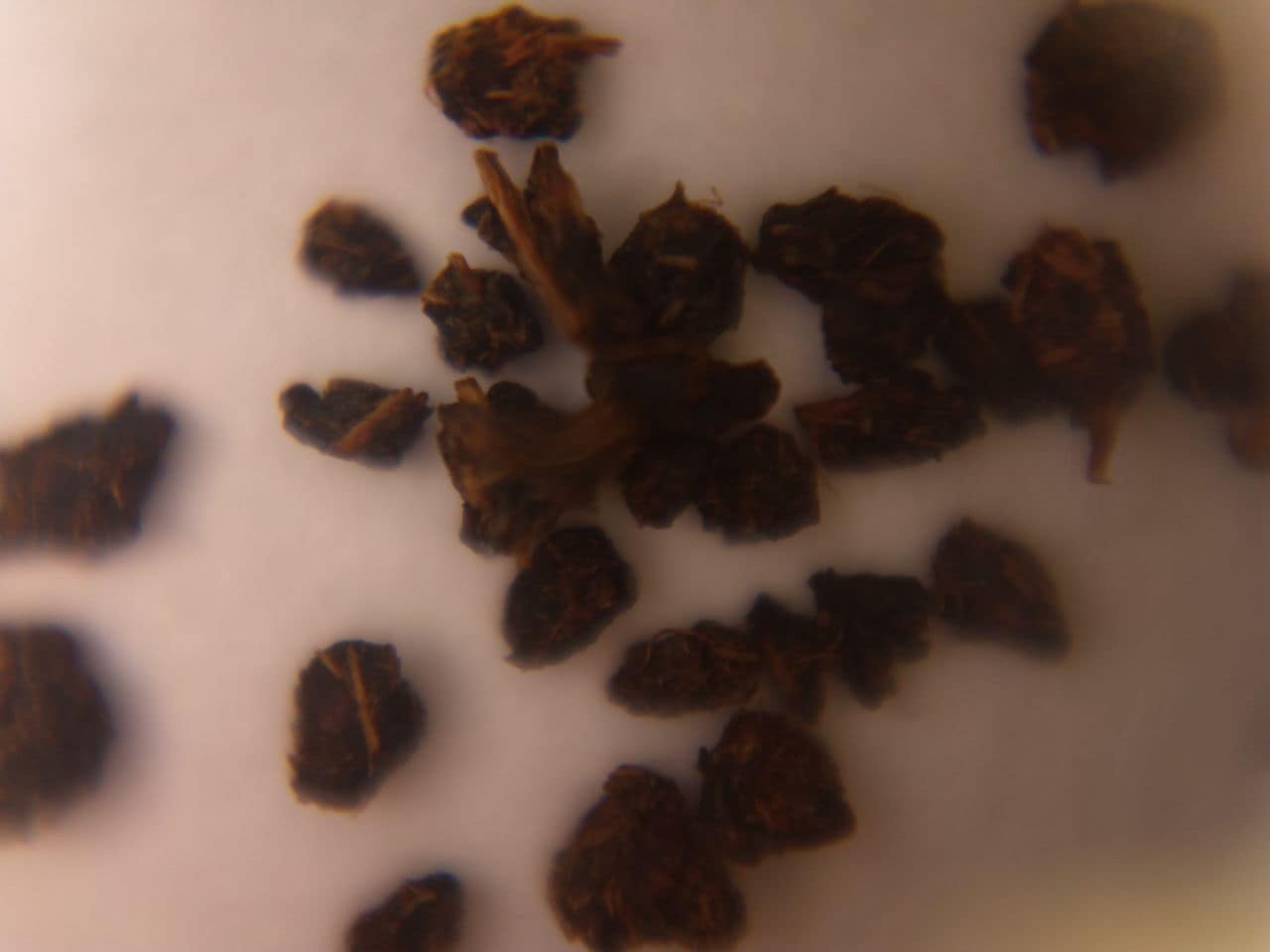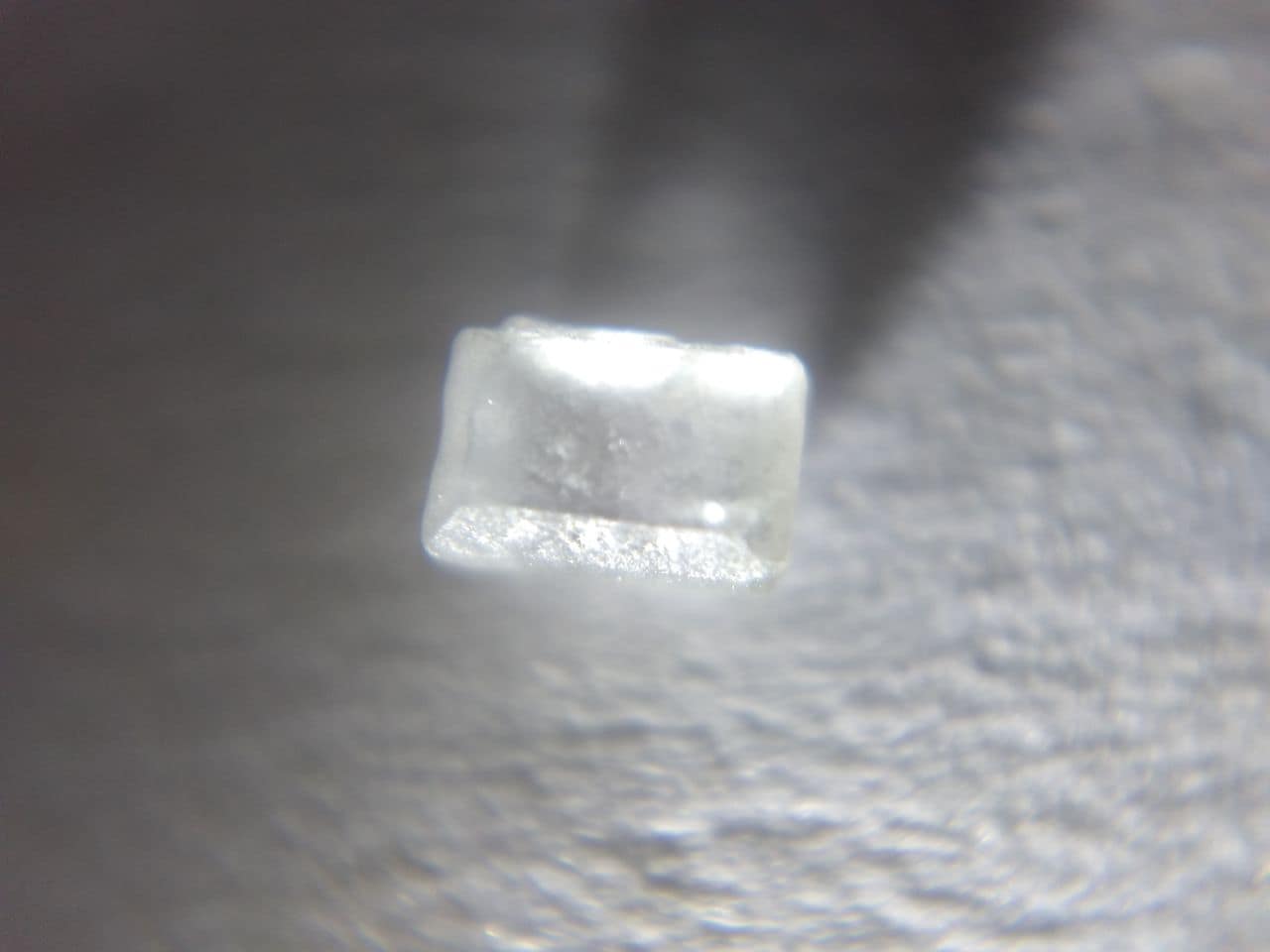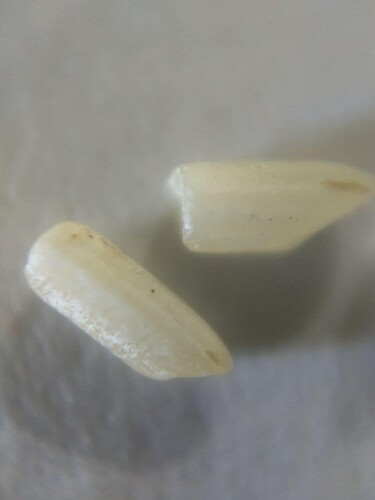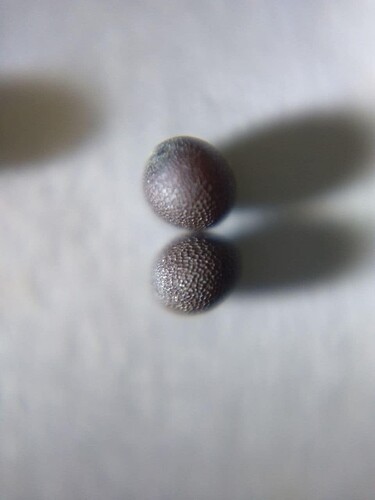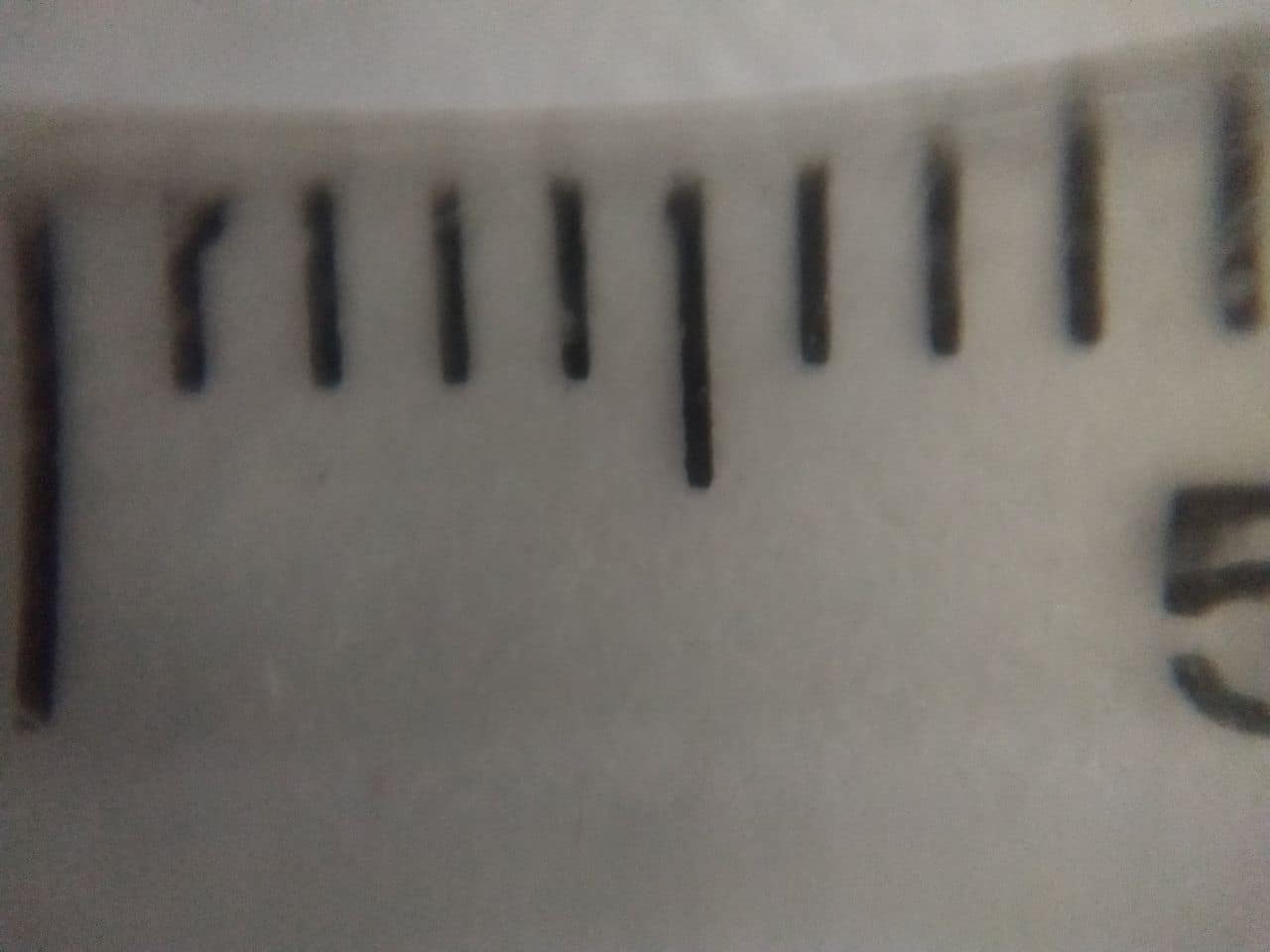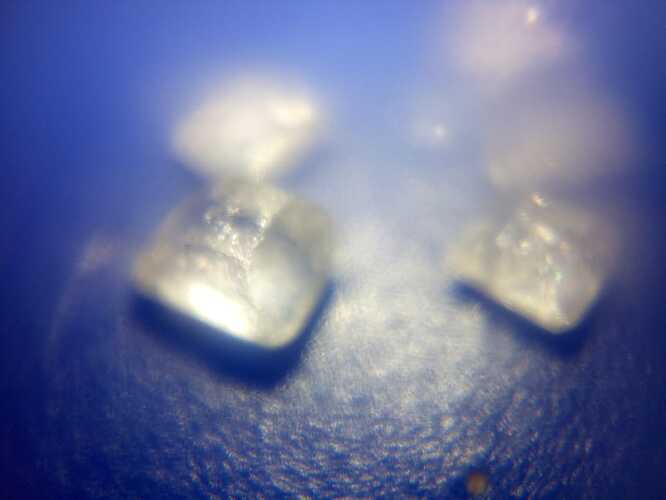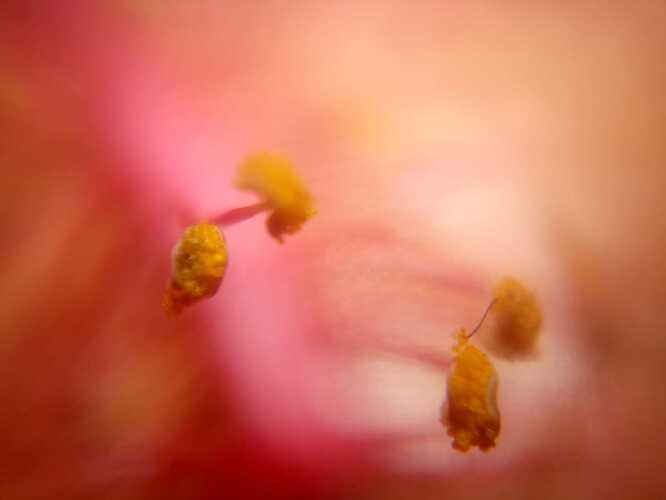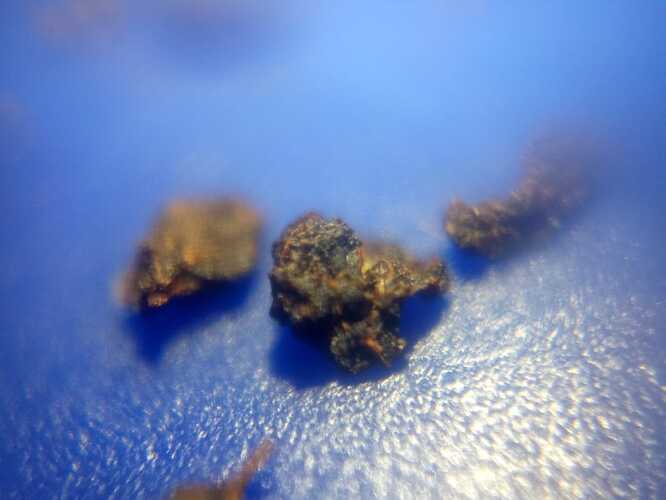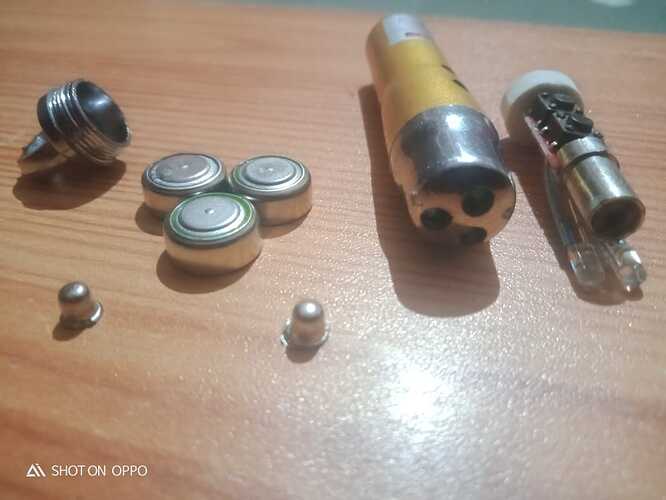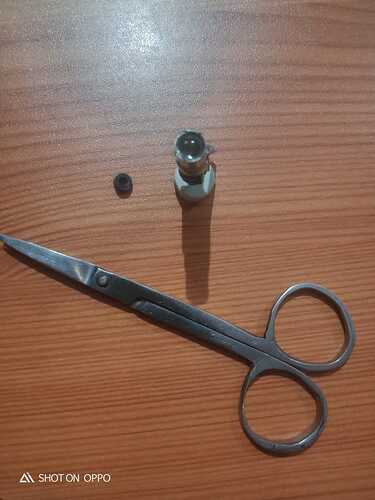Lights, Camera, Action: How to convert your Smartphone into MicroScope for less than a $1?
Webinar Link at 3:30 pm on Thursday, Nov 19.
Do you know, you can attach a lens from a low-cost laser pointer or non-functional CD-DVD player and upgrade your smartphone into a digital microscope?
The idea is inspired from many such attempts by community members to design a simple setup to convert your smartphone into the microscope ( see design by Yoshinok and recently by Singh, M. and Kiran ). Even paper microscope - foldscope is an improvisation of a similar approach.
If you are curious to explore more DIY designs, you can browse instructables for Smartphone Microscopy.
I bought a laser pointer from a local shop and then took out the lens. As shared, you can also salvage lens from old DVD/CD.
Here are the glimpses of the two preliminary attempts of going through the design cycle of - Lights, Camera and Action ![]()
Lights
Good lighting is essential to capture clear pictures. The camera lens for needs to be quite close to the object to obtain a sharp image (in my case ~ 1 cm). It’s very likely that on many occasion you will find the shadow of the phone/hand falling on the target object making it appear very dim. ( especially when you are trying to sneak in the corner where the spider lives! ) Hence, a portable external light source can be very handy. Here is how you can make one,
Fig 1: Light Source
All you need is - an LED, CR 2032 cell (also known as coin cell) and a resistor. (Resistor is used in series to limit the current otherwise the LED can get damaged. The white LED requires a current of ~20mA. Directly powering up, will exceed the ceiling value damaging the component. The resistor value in the range of 100-300 ohms should suffice).
That’s it! Your portable light source is also ready. To make the light more diffused, you can cover it with some translucent thin layering. A more ambitious attempt could be to design a light source with variable intensity.
Camera
Version 1: “Just tape it!”
This can perhaps be described as the Occam’s Razor attempt. Simply attach the lens with thin strips of cello-tape and you are all set for exploration!
Fig 2 (a): Materials
Fig 2 (b): Version 1 - Lens without mount
(See Fig 7- close up of Nylon Rope )
Version 2: “Non-sticky” microscope
Although, V1 was functional, I wasn’t happy with the sticky cello-tape marks on the rear camera lens. Hence, decided to make an external mount to hold the lens and then anchor the setup with the help of the mobile cover. The arrangement needs to be aligned carefully on the rear camera of the smartphone. Once aligned, it can also be additionally secured using two small pieces of tape. That’s it, your “non-sticky” microscope is ready!
Fig 3: Version 2 - Lens with mount
Do you see the small piece of double-sided tape on top of the lens? Apart from aiding to fix the lens, it also acts as a miniature cushion to protect the lens when you place the phone hard surfaces or accidentally bring it closer to the wall while chasing a tiny insect for photo-shoot!
Action
Here is the gallery of some of the pictures captured with the above setup,
Fig 4: Spider
Fig 5: LED
Fig 6: Spider web and food
Fig 7: Nylon rope
Fig 8:?
Fig 9:?
Fig 10:?
Fig 11:?
Fig 12:?
Can you identify objects in Fig 8-12?
It will be nice if you can also try to make something similar and share your discoveries, learnings and reflection! Looking forward to your Lights, Camera, Action" journey!
More pictures!

